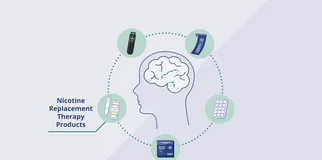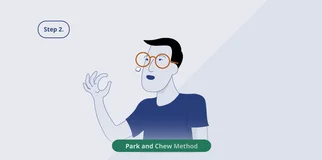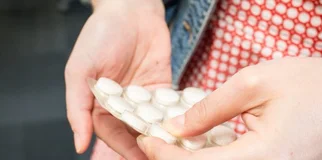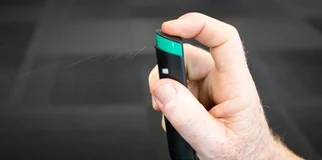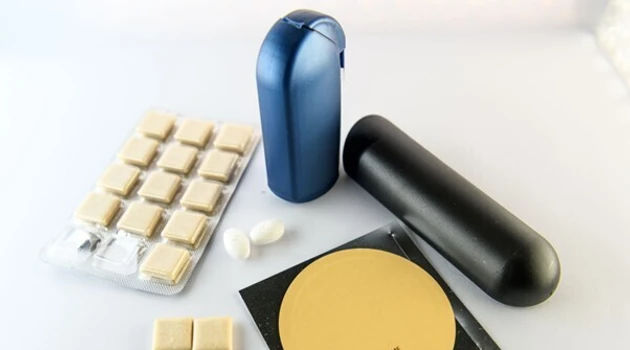
Combination nicotine replacement therapy (NRT)
Using the nicotine patch plus a faster-acting type of NRT gives you a better chance of stopping smoking than using one type of NRT alone.
What is combination therapy?
Combination therapy is using two types of NRT together; a nicotine patch and a faster-acting type (mouth spray, gum or lozenge).
How does combination therapy work?
The nicotine patch gives you a slow and steady dose of nicotine to take the edge off cravings and feelings of withdrawal. These include finding it hard to concentrate and feeling frustrated, restless and anxious.
You can use a faster-acting NRT (mouth spray, gum or lozenge) in addition to the patch when you have a strong craving or you are going into a situation where you expect to get cravings. Most people who smoke are more likely to succeed at quitting when they use combination therapy.
How well does combination therapy work?
Using combination therapy is better than using just one type of NRT. Using Quitline (13 7484) together with combination therapy is one of the best ways to stop smoking.
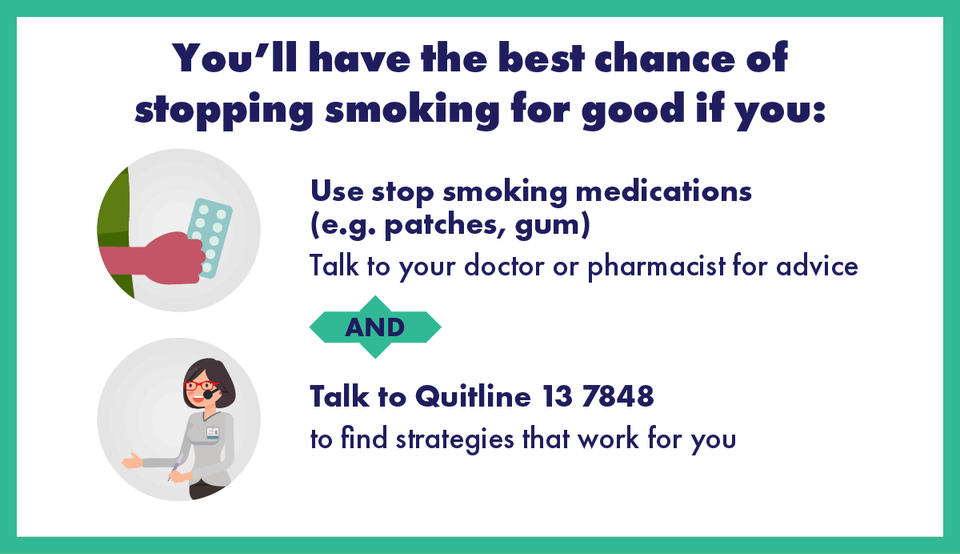
How to use combination therapy
Your doctor and pharmacist can help you choose which types of NRT to use and tell you how much to use. Always follow their recommendations.
We have a separate page on each type of NRT: patches, mouth spray, gum, lozenge.
Looking for information on nicotine inhalators? Nicotine inhalators (also known as nicotine inhalers) were discontinued by manufacturers and are no longer available. Alternative faster-acting types of NRT include the mouth spray, gum and lozenges.
Is it safe to use two types of NRT?
If you use each type of NRT correctly, there are usually no side effects. There is less nicotine in NRT compared to cigarettes, so it’s unlikely you’ll get too much nicotine. If you’d like to try combination therapy, talk to your doctor or pharmacist.
For more information, talk to your doctor, pharmacist or Quitline.
Please note, this information is for general use only. Please consult your health professional for further advice. If you would like to provide feedback, please contact quit@quit.org.au.
Last updated January 2024.

